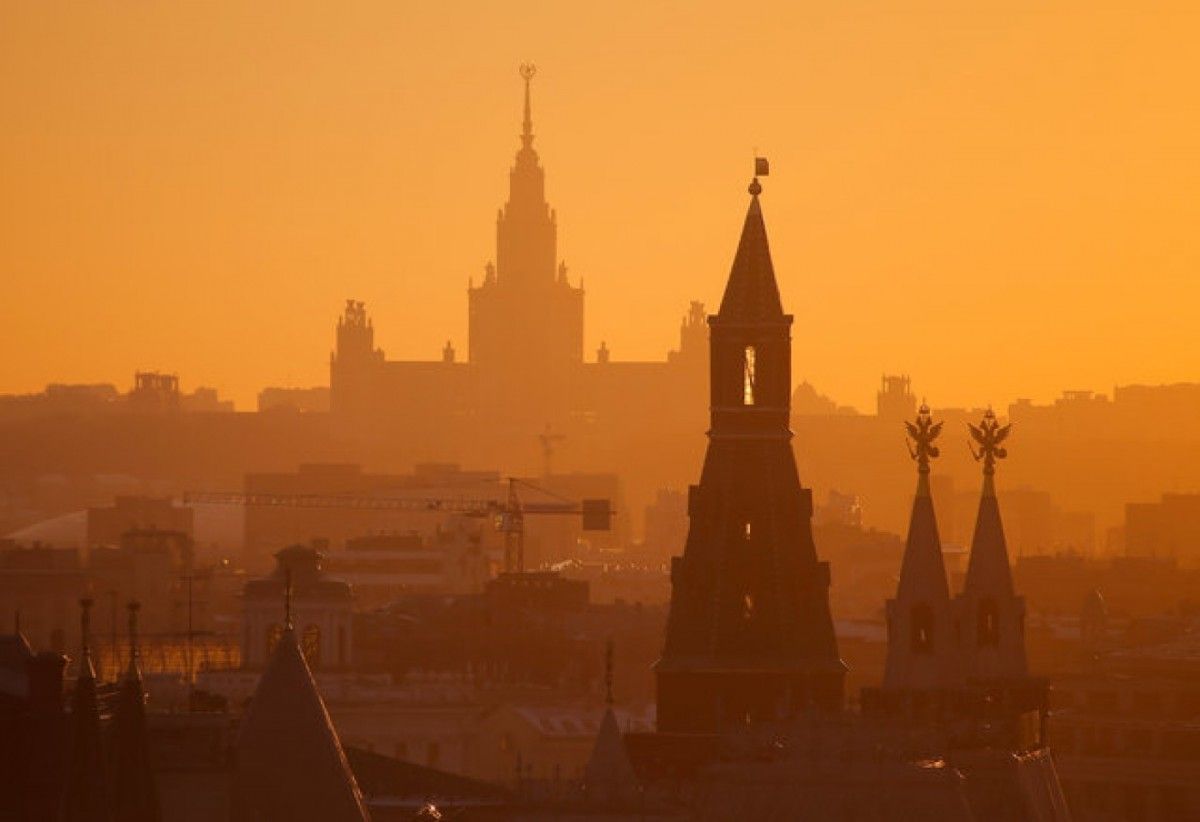
Want to know what’s next in Russian election interference? Pay attention to Ukraine’s elections, Alina Polyakova, of the Center on the United States and Europe writes.
The Kremlin seeks to prevent Ukraine from moving toward the West by keeping it in a permanent “grey zone.” To achieve that goal, Russia continues to destabilize Ukraine through conventional and nonconventional military means while seeking to undermine Ukraine’s democratic and economic reform process, says Polyakova's op-ed published by Brookings Institution.
Russia has also used Ukraine as a test-lab for its arsenal of political warfare. This includes information warfare, cyberattacks, the use of energy supplies for political ends, and the export of corruption to gain a foothold in politics. While Russian interference in Western elections came as a surprise to many, Russia has a long track record of intervening in Ukraine’s elections since 2004. Ukraine’s experience is thus a bellwether for assessing the Russian tactics that may be deployed against the West.
Of course, Russian political warfare does not stop when the ballot box closes. Russian disinformation on social media platforms targeted Ukraine well before the U.S. or European elections, and Ukraine remains its top target. Russian state media, social media trolls, and bots spread and amplify false stories about Ukraine to undermine the legitimacy of the government and to divide Ukrainian society. Some recent stories claim that Ukrainian children are forced to play with stuffed Adolf Hitler dolls and that Ukraine’s national church “is becoming the Christian version of ISIS.”
Read alsoUkrainian Intelligence Service elaborates on Russia's election meddling plans
There have been at least 15 known Russian-attributed cyberattacks on Ukraine since 2014. A December 2015 cyberattack caused a blackout affecting over 230,000 Ukrainians. The malware used in that attack has been detected in electric utilities in the United States. In June 2017, the “NotPetya” virus, which the United States attributed to the Russian military, originated in Ukraine and spread to 64 countries, including the United States, and affected major international companies, logistical operators, government agencies, telecommunication providers, and financial institutions.
While the United States has led the international effort to help Ukraine defend itself against Russian aggression, including through providing lethal aid and training along with other foreign partners, as well as imposing sanctions on Russian entities and individuals, other elements of this assistance strategy should be increased U.S. investment in countering Russian influence in Ukraine and Eastern Europe, supporting independent media and civil society in the region, and closing loopholes in the financial system that enable illicit activities.
Read alsoKremlin’s plan to sow chaos in Ukraine
The Defending American Security from Kremlin Aggression Act of 2019 (DASKA) calls for the establishment of a National Fusion Center to Respond to Hybrid Threats, a Countering Russian Influence Fund to be used in countries vulnerable to Russian malign influence, and closer coordination with allies.
"These efforts are long overdue, and Congress should act quickly to pass DASKA," the author wrote.
"Ukraine will need continued U.S. commitment to its territorial integrity and resolve to impose costs on Russia for escalation. Ukraine cannot be permanently relegated to the “grey zone.” Moscow sees a successful democratic Ukraine as a threat to President Vladimir Putin’s authoritarian regime. It is in Russia’s interest to see Ukraine’s democratic and economic reforms fail," the oped concludes.

